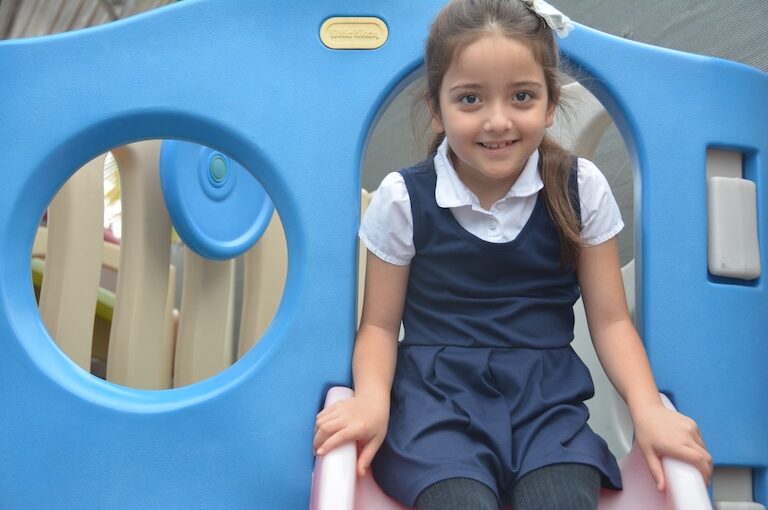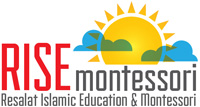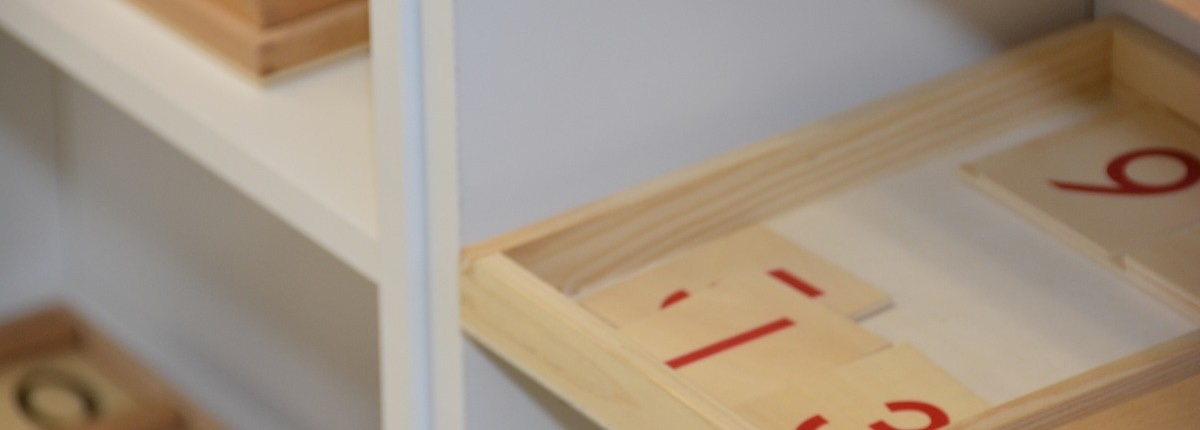Respect for the child is the cornerstone on which all other Montessori principles rest. As Montessori said,
As a rule, however, we do not respect children. We try to force them to follow us without regard to their special needs. We are overbearing with them, and above all, rude; and then we expect them to be submissive and well-behaved, knowing all the time how strong is their instinct of imitation and how touching their faith in and admiration of us. They will imitate us in any case. Let us treat them, therefore, with all the kindness which we would wish to help to develop in them (Montessori, 1965).
Teachers show respect for children when they help them do things and learn for themselves. When children have choices, they are able to develop the skills and abilities necessary for effective learning autonomy, and positive self-esteem.





